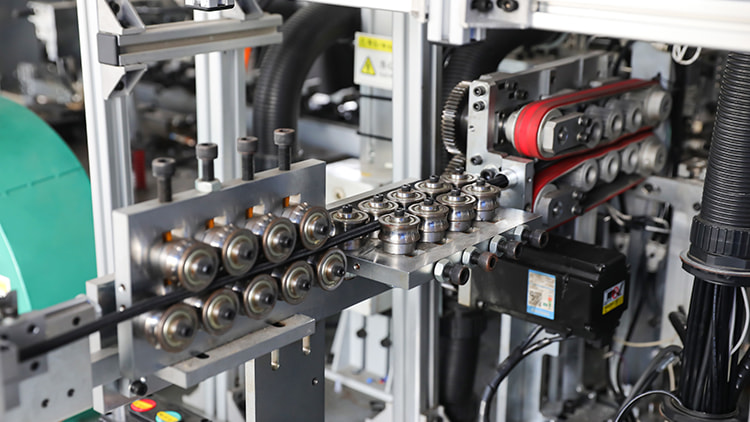There are several special considerations to keep in mind when using elastic cargo nets in high-speed transportation scenarios, such as on highways or railways:
Tensioning: Ensure that the cargo net is properly tensioned to withstand the increased forces experienced during high-speed transportation. Insufficient tension could result in the cargo net coming loose or failing to secure the cargo adequately.
Secure Attachment: Double-check that the cargo net is securely attached to the vehicle or cargo container to prevent it from becoming dislodged at high speeds. Use appropriate attachment points and fasteners rated for the expected forces.
Wind Resistance: Elastic cargo nets should be aerodynamically designed to minimize wind resistance and drag, particularly at high speeds. This can help improve vehicle fuel efficiency and stability while reducing the risk of the cargo net shifting or coming loose due to wind forces.


Load Distribution: Ensure that the cargo is evenly distributed and properly secured under the cargo net to maintain stability and prevent shifting during high-speed transportation. Uneven loads can affect vehicle handling and increase the risk of accidents.
Visibility: Consider using brightly colored cargo nets or reflective strips to improve visibility, especially when transporting cargo on highways or railways at night or in low-light conditions. This can help other drivers or railway personnel identify the presence of secured cargo and take appropriate precautions.
Regular Inspection: Periodically inspect the elastic cargo nets and its attachment points for signs of wear, damage, or loosening, especially after prolonged use or exposure to high-speed transportation conditions. Replace any worn or damaged components promptly to ensure continued effectiveness and safety.

 EN
EN  Español
Español get a free quote
get a free quote

















